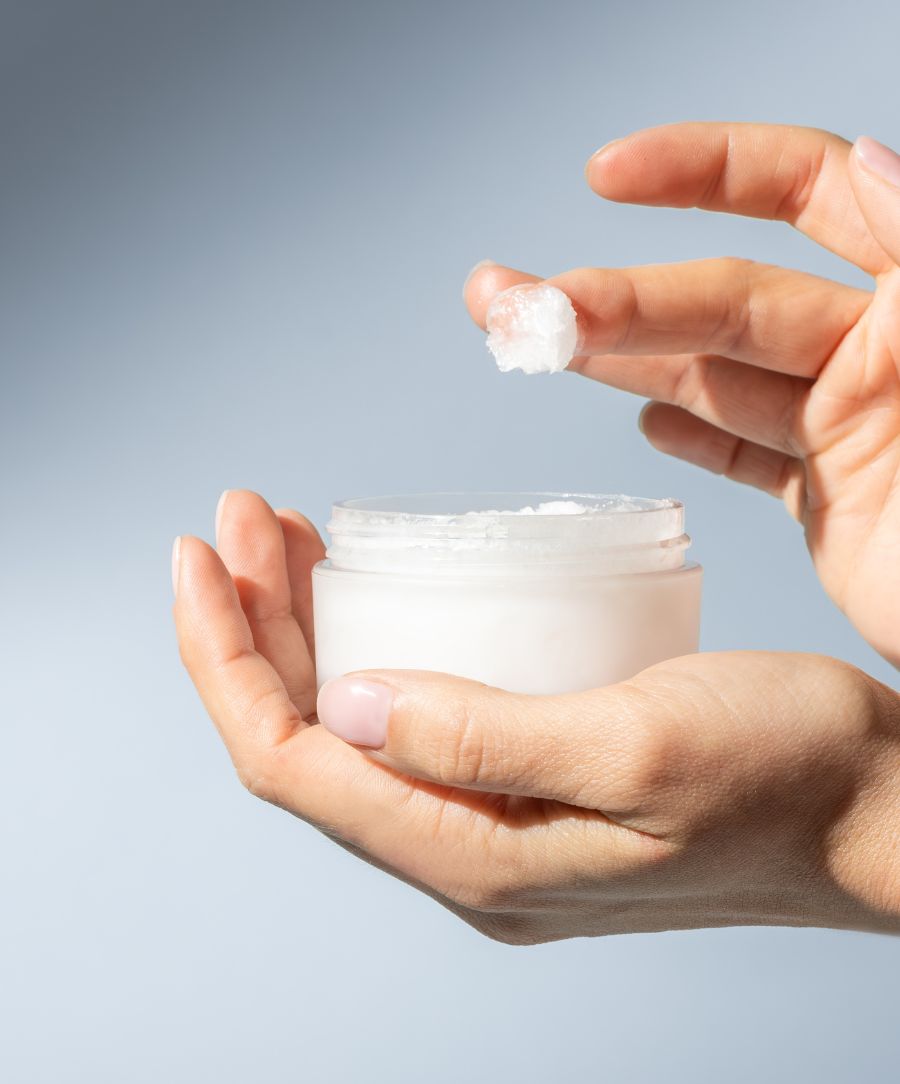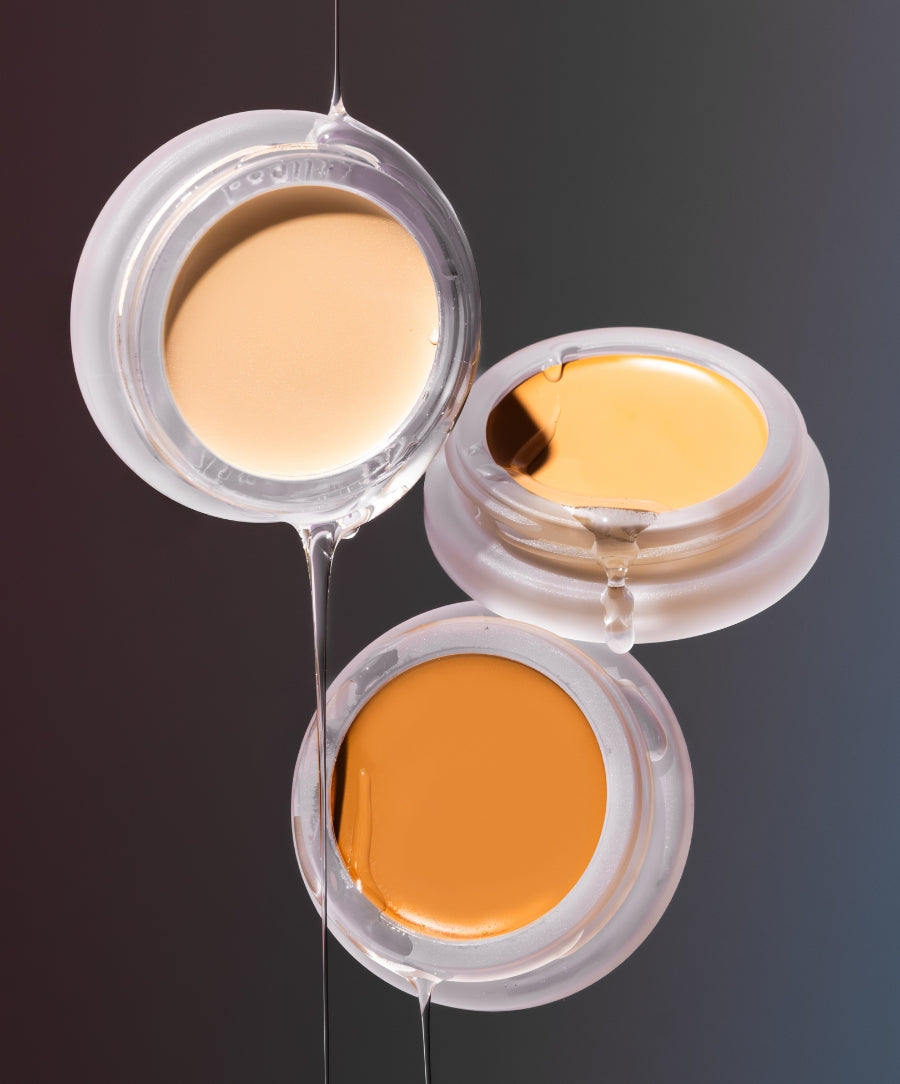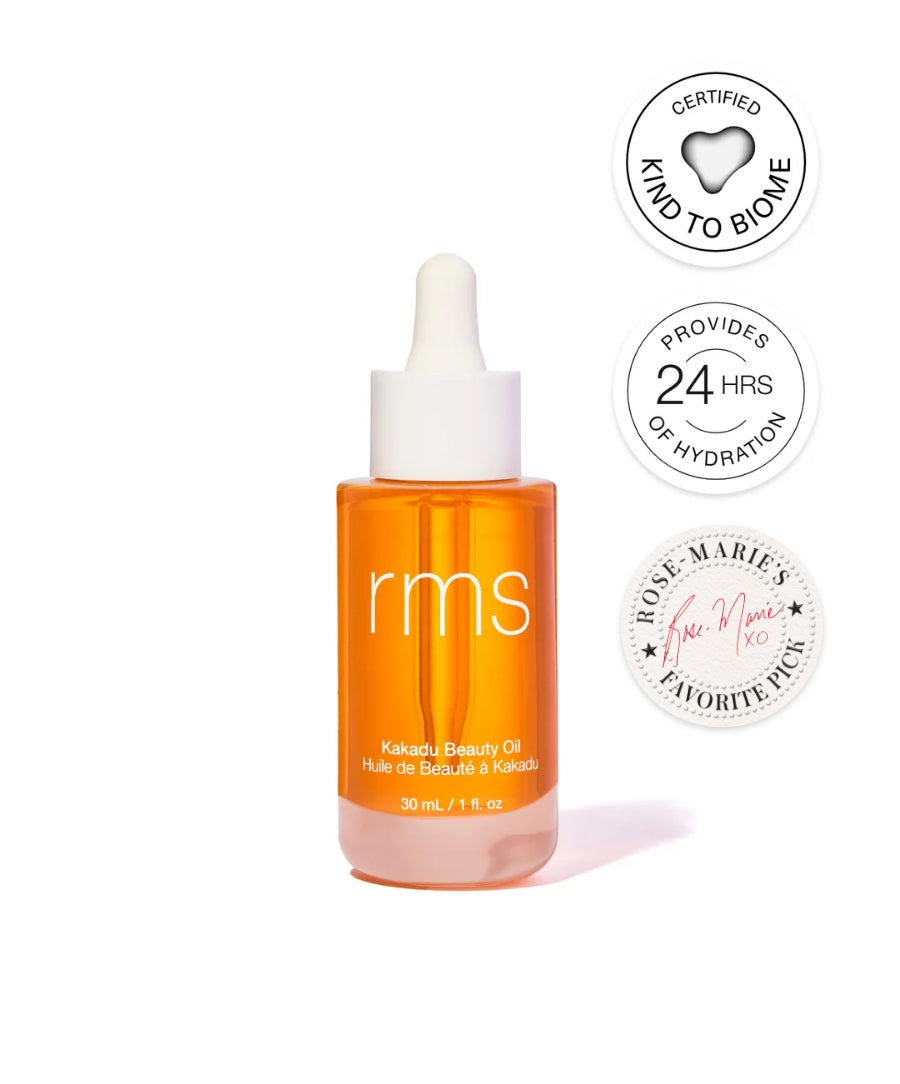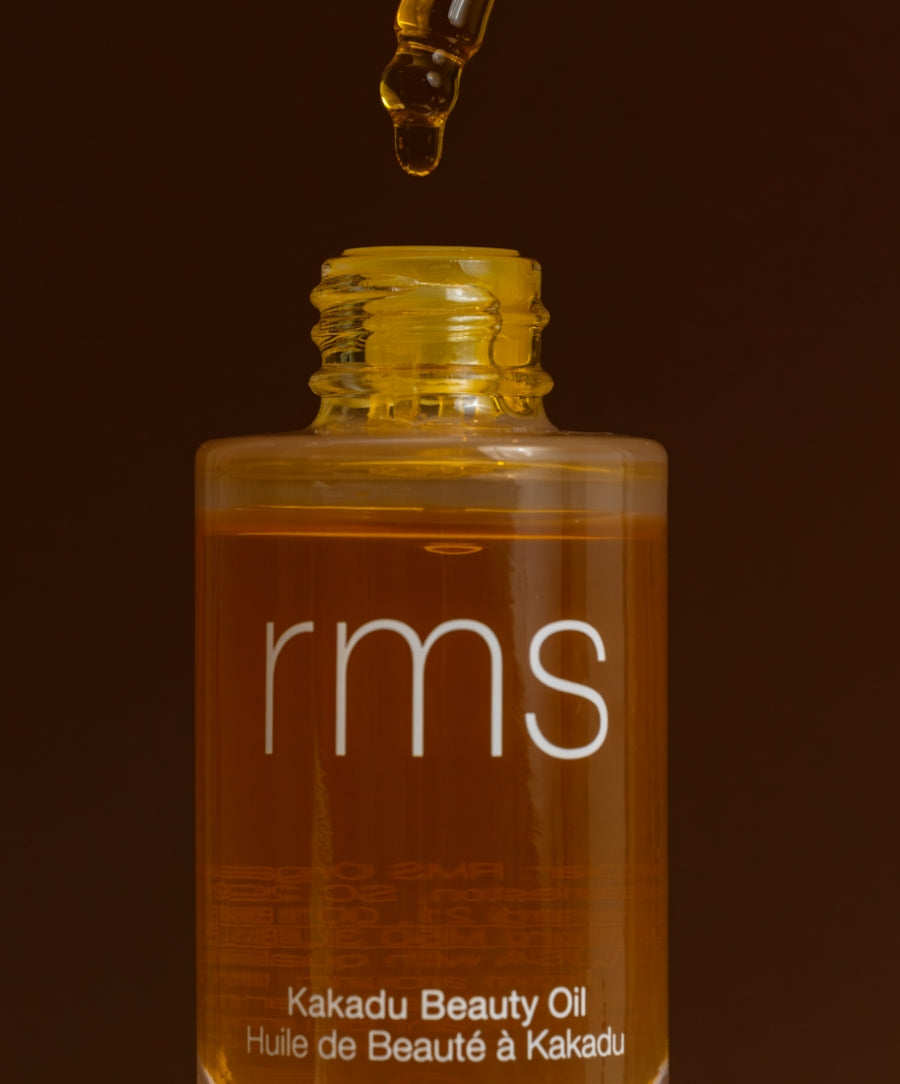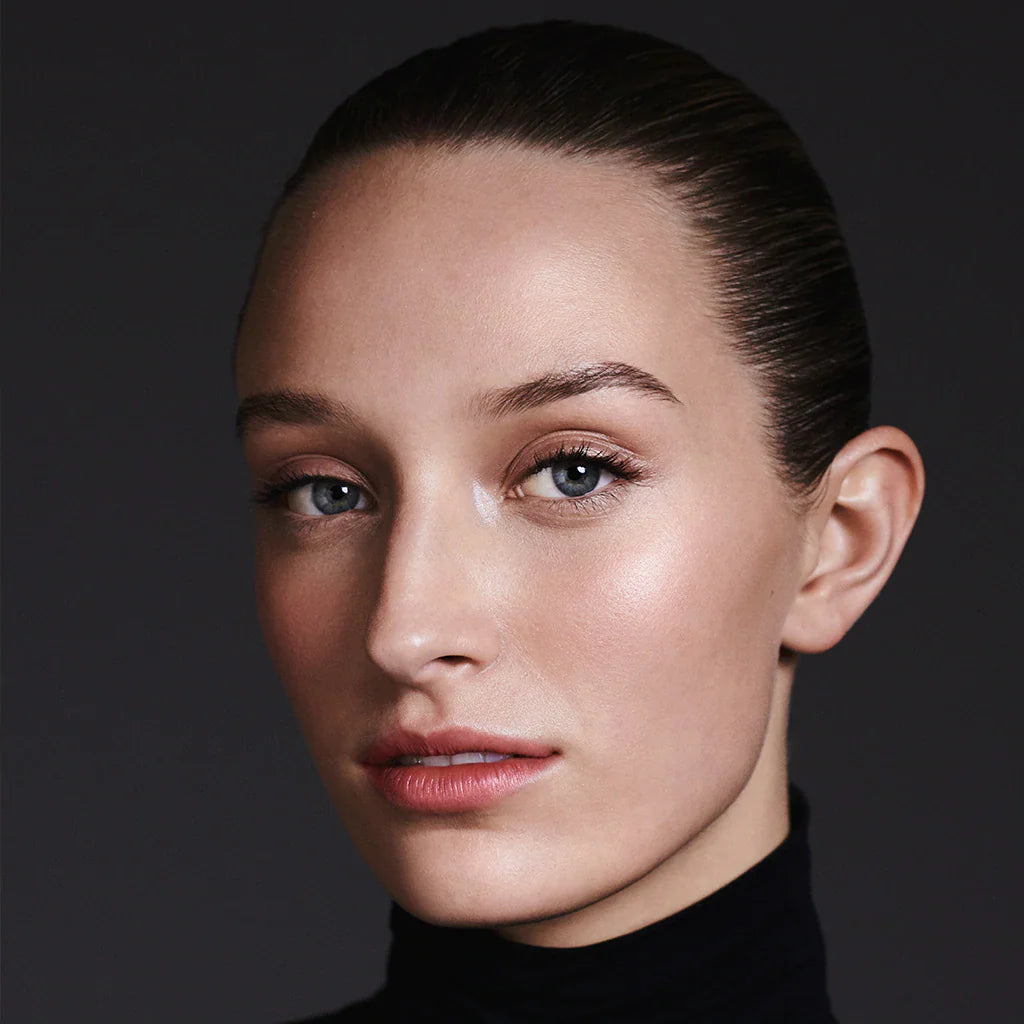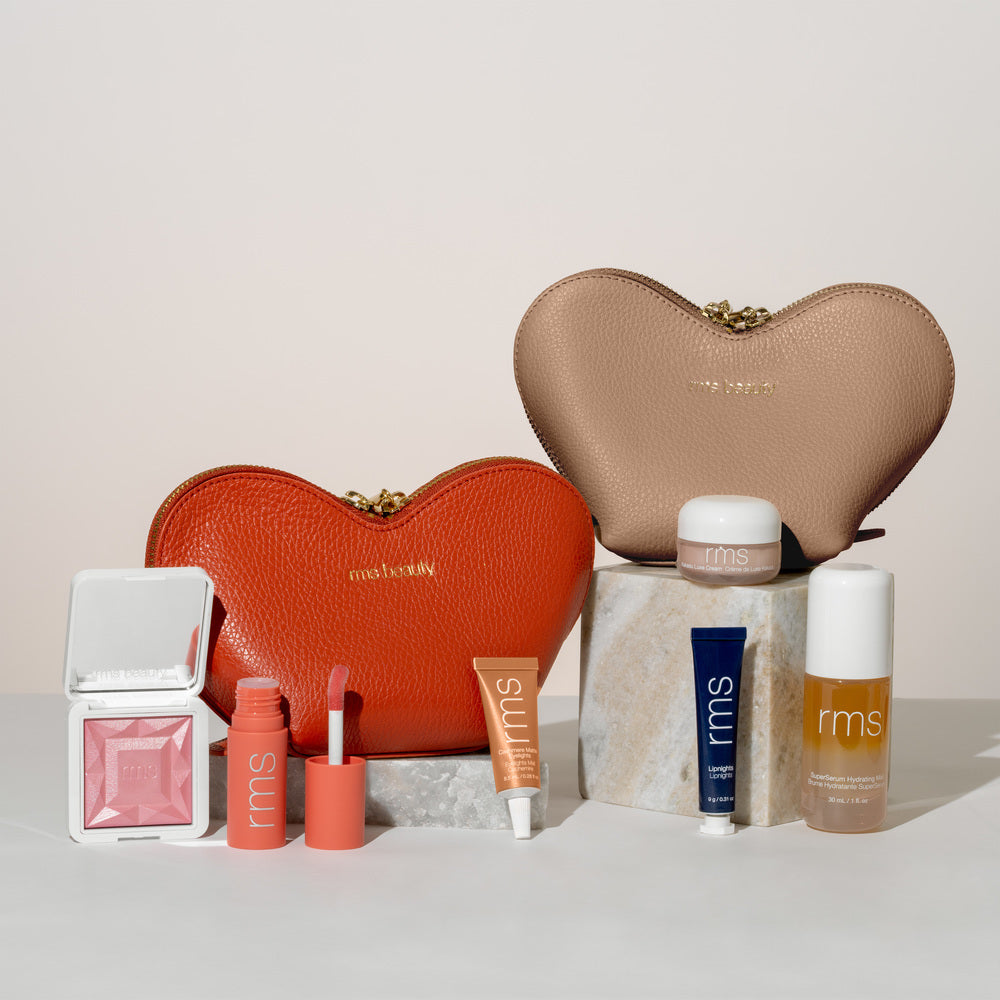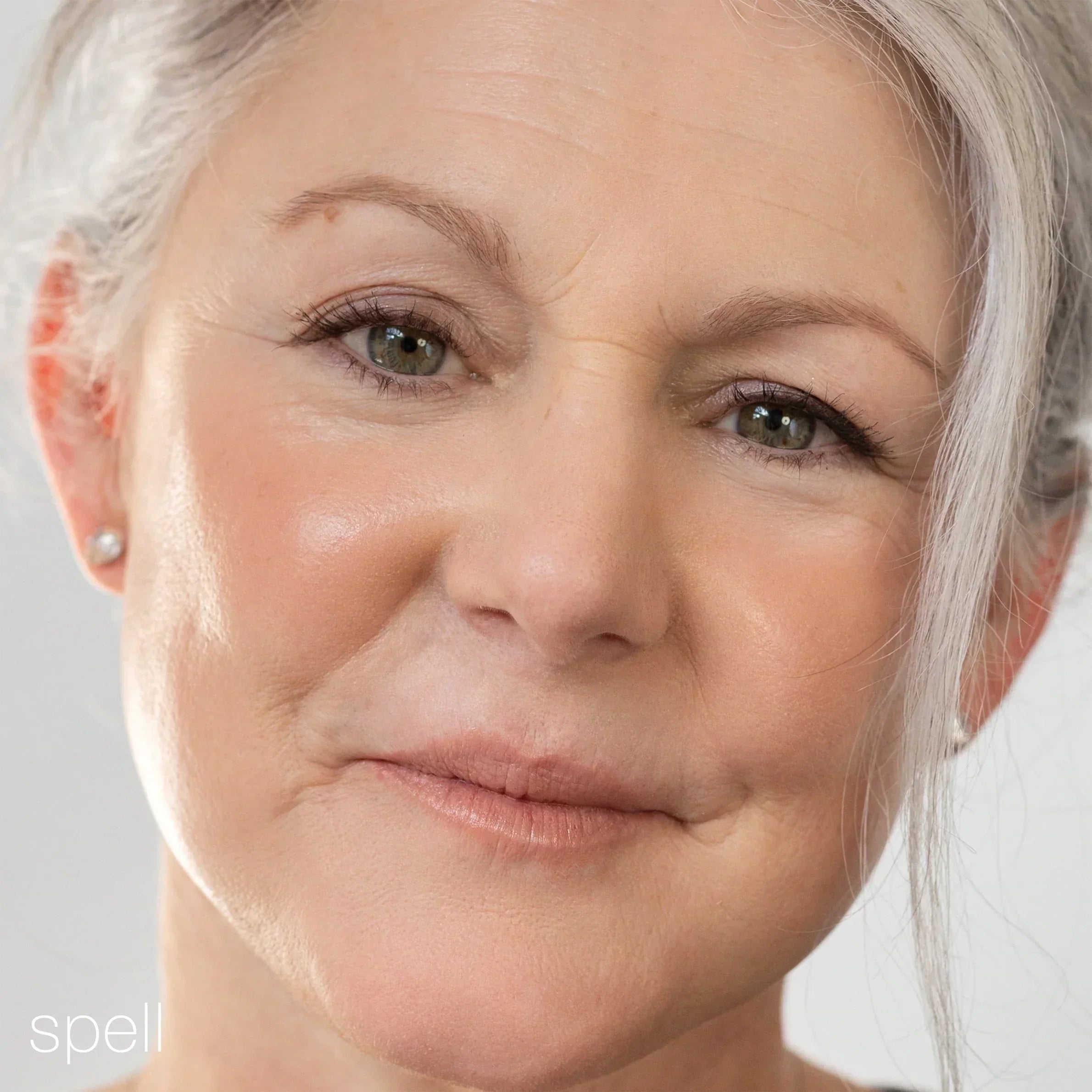What Is Combination Skin?
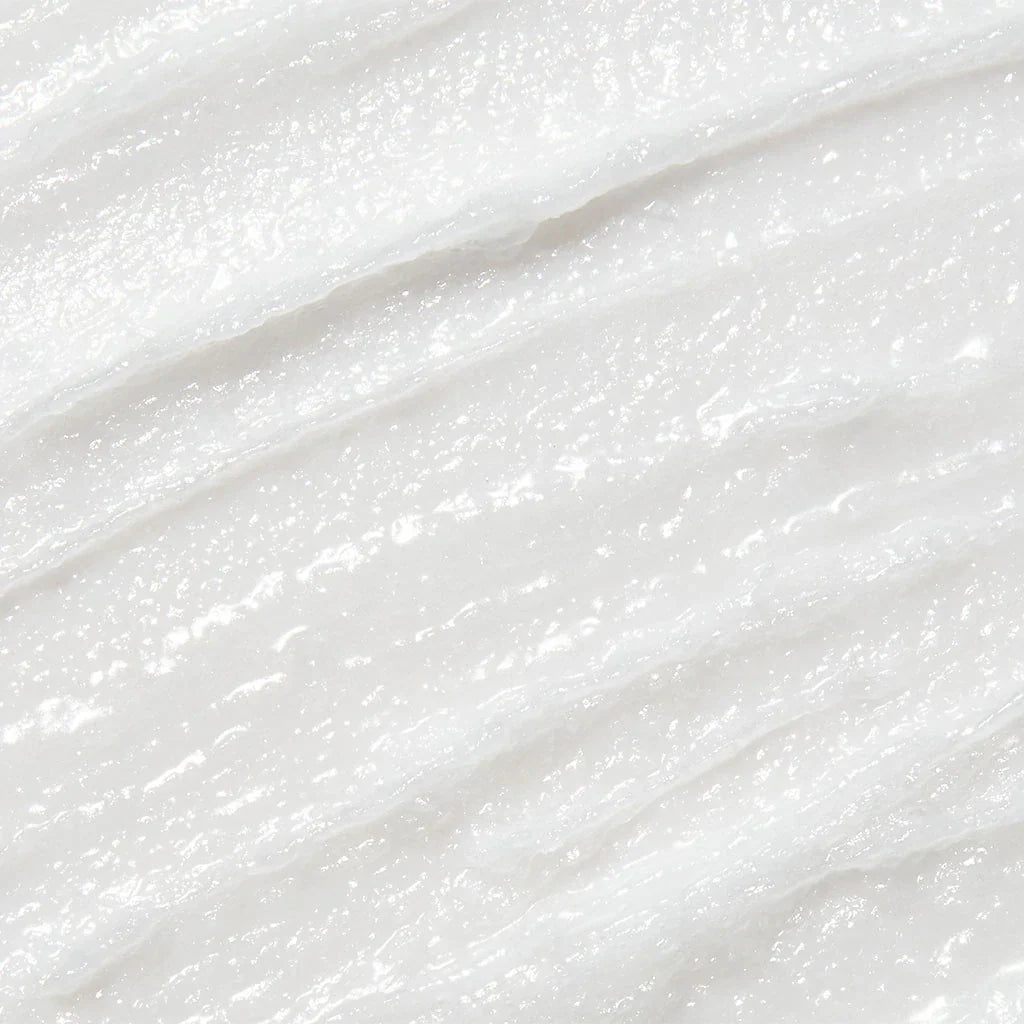
Having skin that doesn’t seem to play by the rules can be frustrating, especially if you feel like you’re doing everything your dermatologist tells you to ensure you have healthy skin. In addition to using the right products, you’re still suffering from dry patches of flaking skin in some areas, but oily, blemish-prone spots, too.
If this resonates, you’ve probably got combination skin. The American Academy of Dermatology defines combination skin types as skin types that have both oily and dry areas. Having both dry and oily parts can make it more challenging to take care of your skin properly.
The team at RMS Beauty is here to help. We’ll talk about what makes combination skin so complex, and how using the cleanest, greenest products available can help give you balance and encourage skin health. First, let’s talk about how the skin works.
How the Skin Functions
Your skin is your largest organ, and understanding how it works is as foundational in learning to care for your skin properly as wearing SPF 30 sunscreen. That means understanding how sebum (your skin’s natural oil) works and why it’s important to healthy skin. We’ll also talk about the role of skin cell turnover in keeping your skin balanced.
Sebum: Your Skin’s Natural Oil
Your skin produces a natural oil called sebum to keep it hydrated and protected. Overproduction of sebum can lead to oily skin, just like a lack of enough sebum can lead to dry skin. For people with combination skin, there may be too much sebum in certain places and not enough in others, leading to both oily spots and patches of dryness.
Sebum contains a mixture of fatty acids, waxes, sugars, and even cholesterol. Normal skin types produce the perfect amount of sebum from the sebaceous glands (the glands responsible for oil production).
Surprisingly, most of us have relatively normal skin, but the products we use can cause our skin to become dehydrated, which may lead to overproduction of sebum.
Skin Cell Turnover
Another element of skin health is cellular turnover. Your skin cells are constantly renewing, and renewed skin cells means newer, healthier skin. As children, our skin cells turn over rapidly. As we get older, the process slows down, sometimes taking between 28-30 days in adults.
When skin cells don’t turn over as quickly, a buildup of dead skin cells can collect on the surface of the skin. This can become especially irritating for sensitive skin types, acne-prone skin types, and oily skin types.
Dead skin cells can mix with the sebum on your skin, clogging pores and creating acne bumps and blemishes. Unfortunately, many acne treatments, like exfoliating products that contain a BHA or AHA, can leave your skin feeling dry.
For people with combination skin, using these products all over the face can create an even worse problem, with incredibly dry, flaky patches, and even oilier skin in the T-zone area.
The Skin’s Microflora
The microbiome of living organisms on your skin are also important in keeping it healthy and balanced. When the flora living on the skin becomes unbalanced, it can lead to issues with the skin like breakouts, dry patches, irritation, redness, and oiliness. The skin microbiome is also crucial in keeping your skin barrier protected.
Because the health of the skin’s microflora is directly related to the health of your gut flora, supporting your gut health is crucial to having healthy, radiant skin.
Keeping your gut functioning properly is easy when you take a probiotic + prebiotic supplement. RMS Beauty’s Within Probiotic + Prebiotic Supplement helps you maintain gut health and support balanced, radiant skin.
Not sure if your skin is exactly balanced? Let’s talk about what combination skin really means.
What Is Combination Skin?
Combination skin is neither dry all over nor oily all over. People with combination skin usually have dry areas and areas where they experience excess oil and even breakouts.
People who have combination skin may have an oily T-zone, blackheads on the nose and chin, or blemishes and oily areas on the forehead. Most of the time, the T-zone area is the most common place for clogged pores and excess oil if you have combination skin.
While you may have oil in these areas, other areas of your face may seem incredibly dry or even irritated and rashy. These areas, usually the cheeks and eye area, may seem like they soak up moisturizer and still feel tight and dehydrated.
How To Tell If You Have Combination Skin
If you suspect you might have combination skin, you can do a quick test to find out. Wash your face with a gentle cleanser and pat your skin dry. Don’t apply any products to your skin. After an hour, check your skin for areas of dryness or oiliness.
Combo skin will usually have developed oily areas in the T-zone and dry patches on the cheeks.
What Causes Combination Skin
There are numerous reasons why you might have combination skin.
- Genetics. Your genes determine a lot of factors in your skin, like the size of your pores, and how much sebum you produce. If one or both of your parents has/had combination skin, you’ll be more likely to have it, too.
- Climate. Where you live (and the season) plays a major role in the condition of your skin. In the winter, it’s normal for skin to feel and look drier. During summer months, humidity and heat can keep skin moist, which may interfere with sebum production and cause skin to feel oilier.
- Skin Care Routine. Sometimes the products we use to prevent or help combination skin can cause more harm than good. If you consistently use harsh, drying products in your T-zone, it can trigger the sebaceous glands to produce more oil to compensate for the lack of moisture. Many times, oily skin (and parts of the skin that are oily) are actually overproducing oil because they’re too dry.
No matter what is causing your combination skin, you just want to get it balanced. Thankfully, combination skin can be “normal” skin if you use the right products.
The Best Skin Care Routine for Combination Skin
It’s hard to determine which skin care products are best for different skin types, but combination skin can be especially tricky to manage. If you use a product that’s designed for dry skin, you could risk clogging your pores. If you use a non-comedogenic product, you might end up with skin that feels dehydrated.
Thankfully, plant-based ingredients work for virtually every skin type. They help to synergistically balance skin without including harsh chemicals or toxic ingredients. If your skin has a bit of a personality disorder, here’s the prescription.
Cleansing and Moisturizing Combination Skin
Before you apply your favorite makeup, set your skin up for success by ensuring it is properly cleansed and moisturized. For combination skin, you need a solution that will help combat oil in the T-zone and hydrate everywhere else.
Product to try: RMS Beauty’s Raw Coconut Cream. Although it’s food-grade, this isn’t your typical coconut oil. Our coconut cream is cold centrifuged, which allows the oil to retain its skin-loving vitamin and nutrient profile.
Coconut cream’s antifungal, antibacterial, and antimicrobial properties make it the perfect cleanser for keeping skin clean. The fatty acid profile in coconut cream allows it to hydrate skin and encourage skin’s natural moisture balance. The best part, you’ll never have to worry about parabens or sulfates found in many traditional moisturizing lotions.
Use Makeup Products for Combination Skin
Some cosmetics contain ingredients that can irritate combination skin, or even clog your pores. Plant-based ingredients work with your skin to create balance.
After cleansing and moisturizing, follow up with antioxidant rich makeup products, like RMS Beauty’s “Un” Cover Up Concealer. Antioxidants help protect your skin against stressors like UV rays, smoke, and smog (although it’s still important you use a broad-spectrum sunscreen to protect your skin from the sun).
Our concealer is formulated with jojoba oil, which is closest in chemical makeup to your skin’s natural oil, sebum. For tips on how to apply it like a pro, check out our easy tutorial.
Using cosmetics that contain jojoba oil is a win/win for combination skin. The jojoba oil is absorbed by the skin and provides a mattifying effect in areas where there’s an overproduction of sebum, and a hydrating effect in areas that are dry.
Skip the Toner, Opt for a Beauty Oil
Toners can be great for certain skin types, but if you have combination skin it’s very hard to find a toner that will work perfectly. Most toners are specific to either dry skin or oily skin. Instead of using a toner to help clarify skin and tighten pores, try a beauty oil.
In addition to providing deep hydration, a beauty oil can also target fine lines and wrinkles with anti-aging ingredients like rosehip oil and plenty of antioxidants.
Product to try: RMS Beauty’s Beauty Oil. Formulated with balancing jojoba oil, rosehip oil, buriti oil, and our own adaptogenic herb blend, our beauty oil works perfectly for combination skin. Apply it morning and night under your makeup.
Get the Winning Combination
Skin feeling a bit confused? Clear things up with the cleanest, greenest skincare products available. RMS Beauty helps make combination skin care easy by giving you access to the most nourishing skin care products and color cosmetics available.
Sources:
Everyday Care: Skin Care Secrets for Healthier Looking Skin|AAD.org
SEER Training: Layers of the Skin|Training.Seer.Cancer.gov
Frontiers | The Gut Microbiome as a Major Regulator of the Gut-Skin Axis | Microbiology




